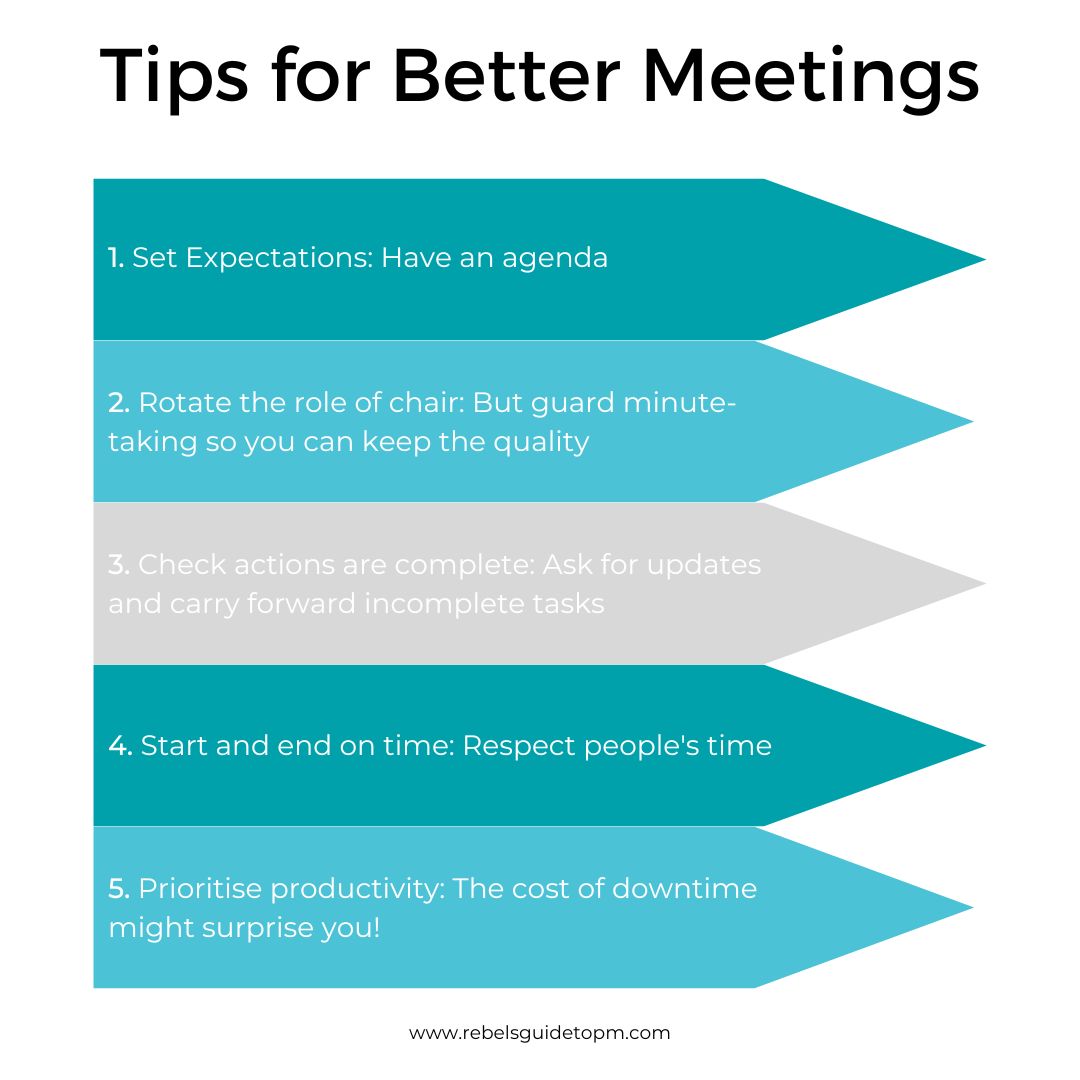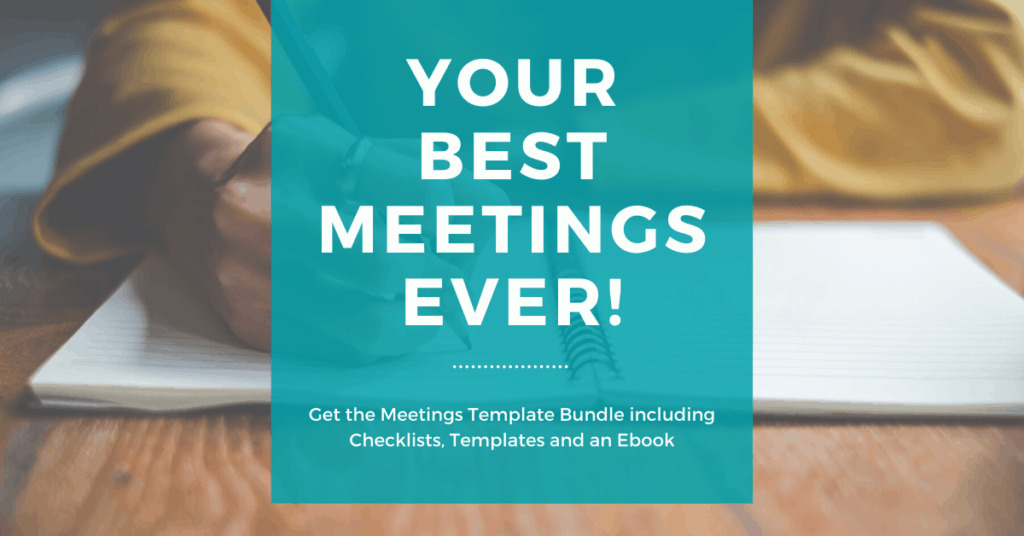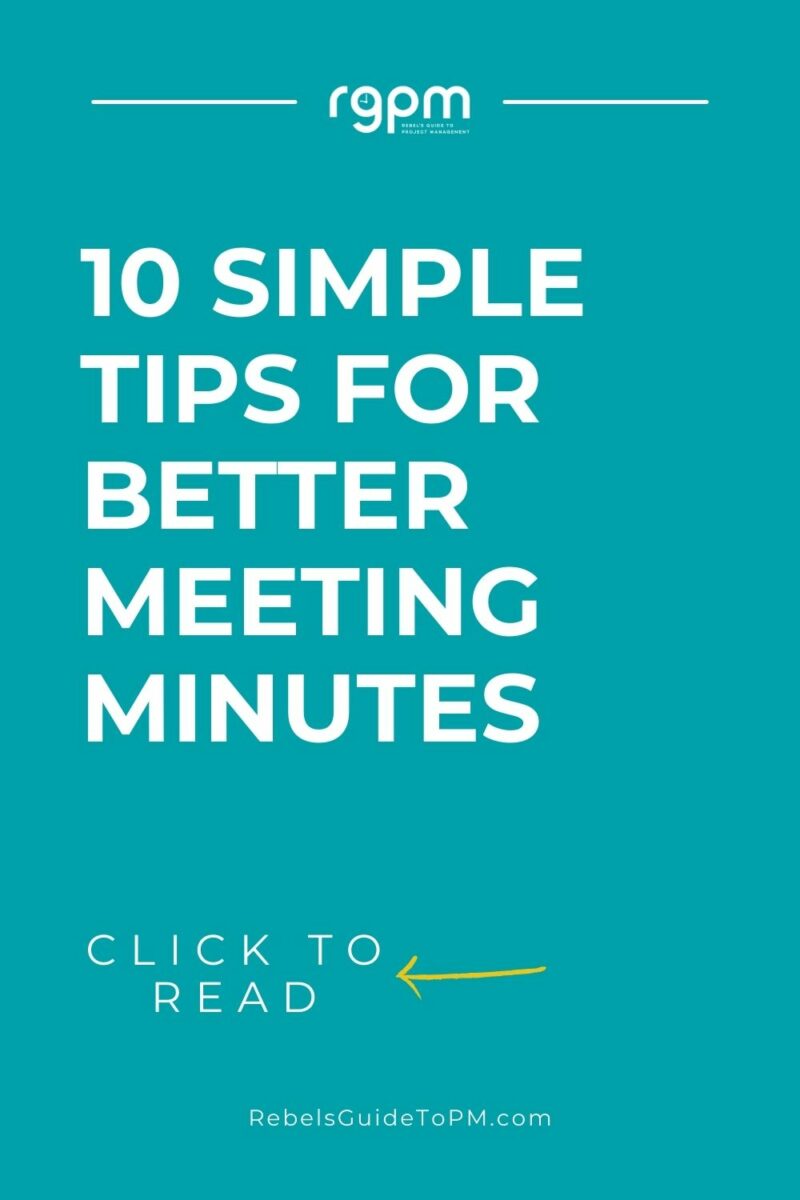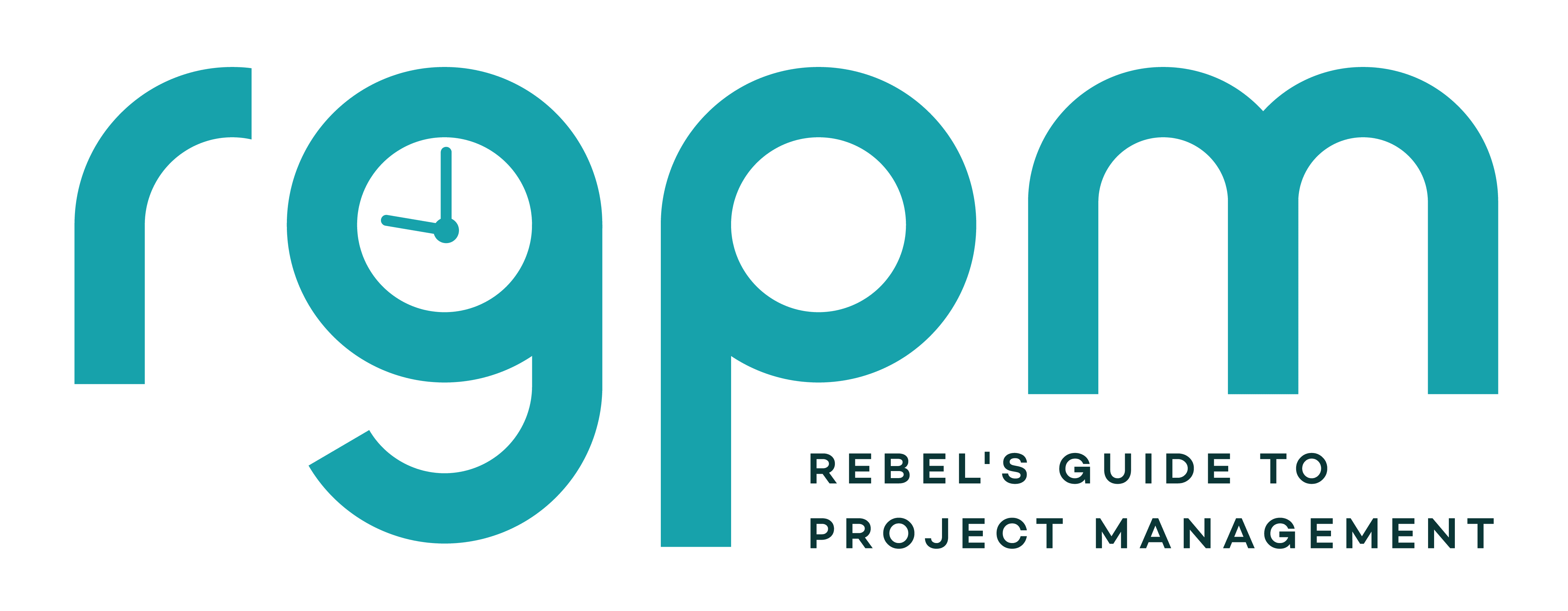10 Simple tips for better meetingminutes
This blog is reader-supported. When you purchase something through an affiliate link on this site, I may earn some coffee money. Thanks! Learn more.
Are you asked to write meeting minutes?
One of the things I’m regularly asked to help people with is how to capture meeting minutes effectively. I’m often in situations where I don’t know all the details so it’s hard to tell whether something is important or not. If you’re not a subject matter expert, writing good meeting minutes can be a real challenge.
After all, minutes help with communication at work — they ensure people have a common understanding of what the meeting was about and what they should be doing next. But if you are new to the subject matter (or even if the discussion is moving quickly) then it can be really hard.
In this article I’ll share my tried-and-tested simple tips for taking effective meeting minutes, the low stress way!
What makes good meeting minutes?
Minutes are particularly helpful for formal meetings like Project Boards as they serve as a permanent record of the discussion and the decisions that were taken.
A written official record of the meeting in the form of minutes can be especially useful for people who were not able to attend in person as they get to see the kinds of things that came up in conversation.
Good meeting minutes are:
- Concise but with enough detail to remind you of the discussion
- Representative of the discussion (so don’t let your opinion or personal observations get in there)
- Helpful in showing people what actions they have to do next
- Focused on actions and key decisions.
Not all types of project meeting will need minutes, but may would benefit from it. Most of us will need to write minutes at some time in our career.
Make use of technology
AI-powered software is making it a lot easier to record what happens in virtual meetings.
I use Butter which gives us a meeting recap after I’ve hosted an online meeting.
I also use Otter which allows you to transcribe and summarize key highlights from your meeting notes — this is such a time saver.
You can also use the Transcription feature of Microsoft Teams or Copilot to create the outline of minutes. However, AI tools aren’t able to decide what’s truly important and what’s not, so make sure you read through the output and check it aligns to your understanding of what happened in the meeting.
There are lots of tools out there, powered by AI, that will give you a transcript or recap of your meeting to save you time, so check what you already have access to.
Before the meeting
Get yourself ready before the meeting. Look at the previous meeting minutes to see what was discussed and what format was used.
Create a template so you can type straight into it during the meeting. For many years I took minutes by hand and then typed them up afterwards, but this is really time-consuming.
Set up your minutes document in the right format. Add the agenda items as you know these are going to be discussed. Add the meeting participants at the top (delete them or move them to the ‘apologies’ section if they don’t show up).
I don’t bother to add in who was the meeting chair, but for some formal meetings your template might dictate that you do that.
Type straight into it in during the meeting. If you want, you can even show the document on screen so people can see the notes happening in real time and point out things to add as you go.
Here are 10 tips for meeting minutes that will ensure your documents are a good record of what actually happened, without taking up too much of your time.
1. Write meeting minutes while you still remember
Don’t leave writing up your minutes until the meeting is a distant memory. If you can’t remember everything, get someone else to read your minutes and clarify any points before you send out your final version.
Even better, get someone else to take notes, and then compare your version with their version to produce the final version. Remember, this is going to be a historical record of the discussion, and if it’s for a meeting like the board of directors, it needs to be accurate.
Use the meeting agenda to remind yourself what topics were discussed.
2. Start with an action review
Whether or not you reviewed the actions from last time at the beginning of the meeting, put them at the start of the minutes.
Write down all the actions from the last meeting and a summary of progress against them. Bulleted lists are your friend!
If the action was completed, don’t bother to write it out again. Instead, add a line at the top of the action section that says all other actions were completed or are no longer relevant.
In the meeting itself, review open actions at the end
Often, most of the status updates and conversations will give you the updates you need to close actions.
If you let the conversations about action item statuses go on too long, the agenda topics get covered in the action updates, and that means you cover the main content of the meeting in an unstructured way.
Hat tip to the old COO at my last job for that tip. It’s made my meetings so much better!
3. Document actions and owners
During the meeting, you will have written down the new actions from this meeting and who will do them.
In the minutes, include these task assignments in the flow of the text. You can also include an action summary at the end of the minutes.
Tabular format works well for this. Remember to include the names of the people who are going to work on these actions and, if possible, a date by which they are going to have the task completed.
Transcription software for meetings is another way of making sure you’ve got a good record of what was agreed.
4. Record who was there
You will have included the names of attendees on the calendar invite and also the agenda, but who actually turns up to the meeting could well be different!
Make a note at the top of your minutes to reflect the attendance list and who sent apologies at the last minute.
This is particularly useful for lessons learned sessions so you know who inputted into the discussion.
5. Include images
If you use flip charts or mind mapping software in the meeting, include links to the documents, screenshots or embedded files.
You can take photos of what you wrote on flip charts with a phone camera — the resolution will be good enough to include in the minutes.

This is my favorite tip for meeting minutes! I have been known to snap pictures and insert them in my documents and my colleagues love it!
Photos are so much easier than trying to use words to describe what was drawn on the board. It’s great as a reminder for what was discussed in team meetings or any kind of informal meeting.
6. Use a standard template
If your company does not have a standard template for minutes, make one up, or ask your PMO.
Using a standard template saves you time. Your attendees will also get used to reading the minutes in that format, especially if the meeting is held regularly.
Informal meeting minutes template
Your informal meeting minutes template can look like this:
- Name of meeting, date/time
- List of attendees and list of people who were invited but didn’t come (apologies)
- Key discussion points (list the agenda items and any important parts of the conversation you think the attendees should remember). Include Any Other Business points here too.
- Actions (list the actions, owners and dates for completion)
- Decisions (keep track of decisions here)
- Date and time of next meeting
To be honest, most of my informal, regular meetings don’t have minutes. I just send out any actions on email after the meeting or add them to the action log to review next time. I think it depends on how much confidence you have in your team to do their work.

7. Document decisions
Use your minutes to confirm the decisions that were taken in the meeting. For example, make a note of any project change requests that were approved or rejected, or budget decisions.
If the group decided anything, write it down! This is a good way to “help” people remember when, in a few months, they ask you why something is being done. You can refer back to the discussion in the minutes.
If there are any voting outcomes, for example from motions passed in a formal meeting, log those too.
Use a decision log to collate all the decisions from various meetings. Copy the strategic decisions from this meeting into the decision log template.
8. Use tables
A tabular format works well for minutes.
Use three columns: item number, discussion summary and action owner.
People can scan down the right-hand column for their initials to see what actions they picked up.
This format works well if your minutes record lots of actions. If the meeting is mainly discussion with few actions, this column then looks bare. Choose a format that works for you.
You can also type your minutes directly into a word processing package without entering the text in a table, but use sub-headings to flag which area of discussion you are writing about.

9. Send minutes out quickly
Ideally, you should send out minutes within the week. Sooner is better. And they should definitely be circulated before the next meeting! People will need to review them before next time.
Send them to people who weren’t able to attend as well, so they can see an accurate record of what they missed. Include the recording if you have it, although in my experience people prefer to read short minutes than sit through an hour of video meeting.
You may also have people who want to be copied in on minutes but who weren’t on the attendee list, for example your line manager.
Aim to get your minutes out within 3-5 days of the meeting taking place.
AI tools that summarize your meetings can get your minutes and actions out before you finish for the day, so tap into new technology if it’s available to you.
10. Have minutes!
Yes, you really do need to have minutes for your meetings!
At least, you do for the formal meetings — the ones that involve decisions, budgets or responsibilities being allocated to other people.
If you are working on a project, that’s important too: the project needs a record of what was discussed, so you should record the meeting.
It’s OK not to have minutes for informal meetings, but most meetings will benefit from having a written record, even if this is just a quick email sent to attendees after the event. Online sharing of meeting outcomes works too.
Sometimes I post a few bullet points to our project Teams channel, and that’s good enough. For formal meetings, we’ll have minutes or a slide deck as an output report that summarizes decisions made.

Quick Answers
How do I improve my minute taking skills?
Be prepared: Create an empty document beforehand so you can fill in the details.
Know the agenda: So you are prepared for the topics.
Listen: Your job is to summarize, not write everything.
Focus on decisions, actions, and problems, making sure these are recorded.
Should I put names in minutes?
Put the list of attendee names at the top of the minutes but there is no need to include names in the main body of the minutes. Some very formal types of meetings (e.g. Board meetings) may include initials next to key points as a record of who said what, but for most meetings this is unnecessary.
What tense do I write minutes in?
Write meeting minutes in the past tense. You will issue the minutes after the meeting has happened, so that is the appropriate format to use.
What is apologies in meeting minutes?
Apologies are notifications from attendees to let you know they can’t come to the meeting. If someone ‘sends their apologies’ it means they are unable to attend. Note this at the top of the minutes so everyone knows who was invited but couldn’t come.
Download more meetings resources
For a full set of meeting management resources including agenda and minutes templates suitable for all kinds of meetings plus preparation checklists to help you organize your meeting successful AND an ebook including strategies on how to chair a meeting, then get my Meetings Template Kit.
It contains everything you need for better, more productive meetings.
